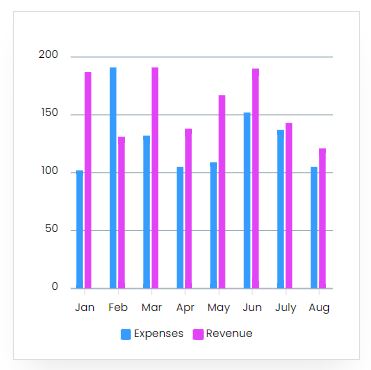Project Report For Gear Manufacturing
Introduction
Project report for Gear Manufacturing is as follows.
A gear is a spinning circular machine element with cut teeth, or inserted teeth (called cogs) in the case of a cogwheel or gearwheel, which mesh with another toothed part to convey torque. Gear is sometimes called as a cog colloquially.
The teeth of a gear prevent slippage, which is a benefit of gears. A gear is a machine element that is made up of uniformly spaced teeth cut around cylindrical or conical surfaces.
Project Report Sample On Gear
Manufacturing
Get Completely Custom Bankable Project Report
They are utilised to transmit rotation and stresses from the driveshaft to the driven shaft by interlocking a pair of these pieces.
Involute, cycloid, and trochoidal gears are the three types of gears. Parallel shaft gears, intersecting shaft gears, and non-parallel and non-intersecting shaft gears are all classifications based on shaft locations.

Gears have a long history, and the usage of gears may be traced back to Archimedes’ writings in ancient Greece in B.C.
Gears are versatile transmission device that allows rotation to be transferred from one axis to another.
Market Potential Of Gear Manufacturing
Expenses

Product Cost Breakup

Reveneue Vs Expenses

Market Trend

By the end of 2026, the global gear demand market is estimated to be worth roughly US$ 320,000 Mn. During the forecast period, the market for gear demand is expected to grow at a CAGR of 5.7 percent.
Manufacturers in a variety of sectors are seeking for premium quality gears as the need for high-quality and uninterrupted manufacturing processes grows.
In the medical, automotive, aerospace, agricultural, paper & pulp, and mining industries, premium grade gears with strong wear performance and improved surface quality continue to be in high demand. The gear’s power transmission properties include speed, rotational direction, and torque in the manufacturing process.
Screwdrivers, windup alarms, and washing machines are just a few examples of consumer items where gears are in high demand. During the projected period, these factors will continue to drive the worldwide gear demand market forward.
In the transportation business, incorporating gears into the manufacturing process has increased efficiency, simplified tuning, and reduced motor-drive costs. End users may change the direction of rotation of the rear wheels in vehicles equipped with gears.
Manufacturers in the automobile sector are also concentrating on developing technologically superior gear motors and gearboxes, which assist to reduce energy costs and allow industries to do their jobs more efficiently. Due to these reasons, the worldwide market for gear demand will continue to be strong.
